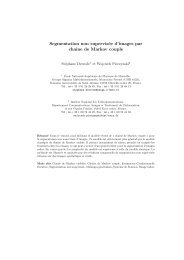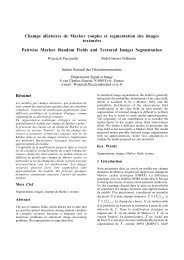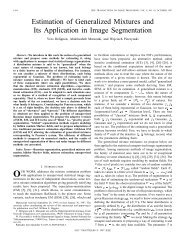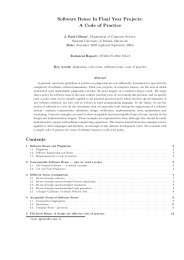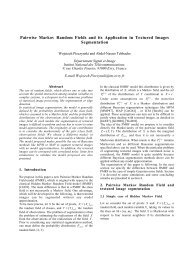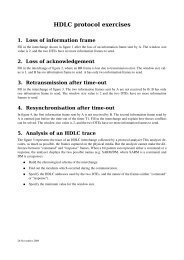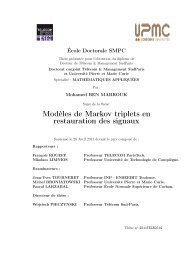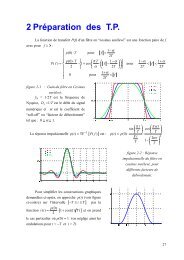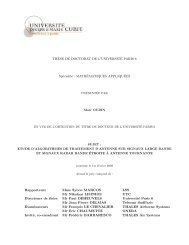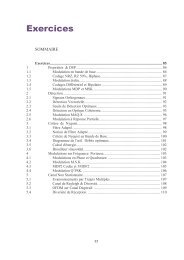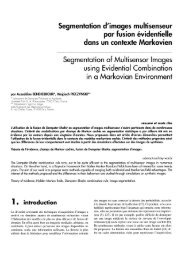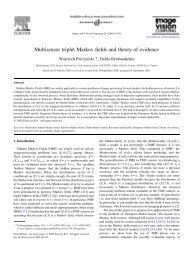Create successful ePaper yourself
Turn your PDF publications into a flip-book with our unique Google optimized e-Paper software.
The message to leave a group is directed to the address 224.0.0.2 (All routers). When the<br />
router applicant receives this message, it sends a message in response to specific query<br />
group left to determine whether there is a host group member in the subnet. If no<br />
response is received, the router considers that there are more subscribers to the group.<br />
Election DR mechanism:<br />
37<br />
Figure 6: IGMP v2 diagram<br />
When a router receives a request from another router, it compares the source IP address<br />
with its own. The router whose address is the lowest is selected as the DR on the<br />
segment. When a router receives such request higher than its own, he starts a timer of<br />
250 seconds that it stops sending queries. If no message from a DR with a smaller IP is<br />
received during this period, requests are sent again.<br />
Nevertheless, this version has some limitations. It is not possible for a host to indicate<br />
that it wishes to receive a group from a specific source or exclude a particular source.<br />
b. IGMP v3 and IGMP snooping<br />
Version 3 provides hosts with enhanced<br />
control capabilities and provides<br />
enhancements of query and report messages.<br />
In addition to group-specific queries, IGMP v3<br />
has introduced source filtering modes<br />
(Include and Exclude), so that a host not only<br />
can join a designated multicast group but also<br />
can specify to receive or reject multicast data<br />
from a designated multicast source.<br />
The report, whose support is required for<br />
versions 1 and 2, is deleted in this version.<br />
This facilitates the operation of IGMP<br />
snooping and reduces the latency when the<br />
last member leaves a group.<br />
IGMP snooping overview<br />
Figure 7: Flow paths of source-and-group-specific<br />
multicast traffic<br />
IGMP snooping is a multicast constraining mechanism that runs on Layer 2 devices to<br />
manage and control multicast groups.<br />
By listening to and analyzing IGMP messages, a Layer 2 device running IGMP Snooping<br />
establishes mappings between ports and multicast MAC addresses and forwards<br />
multicast data based on these mapping.



